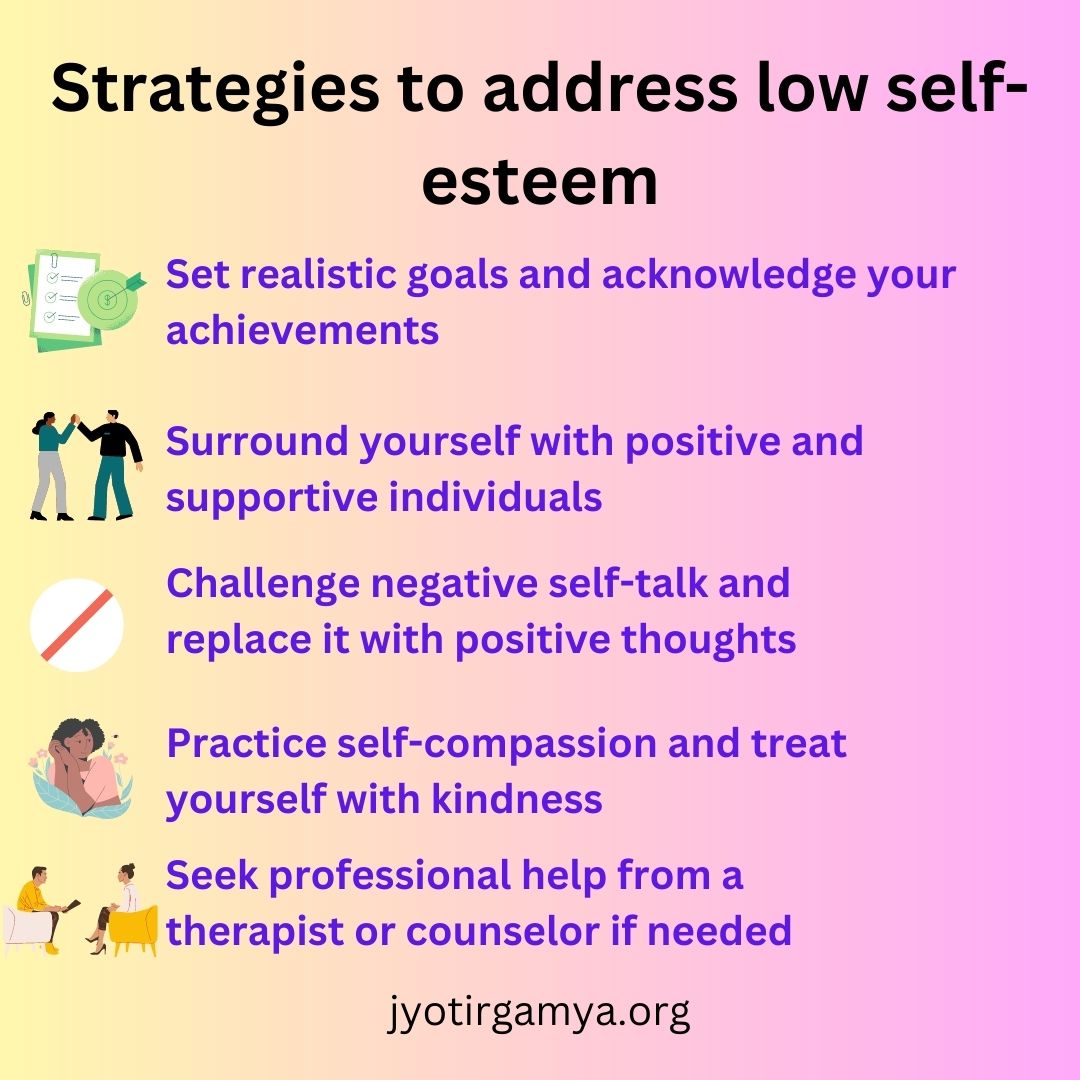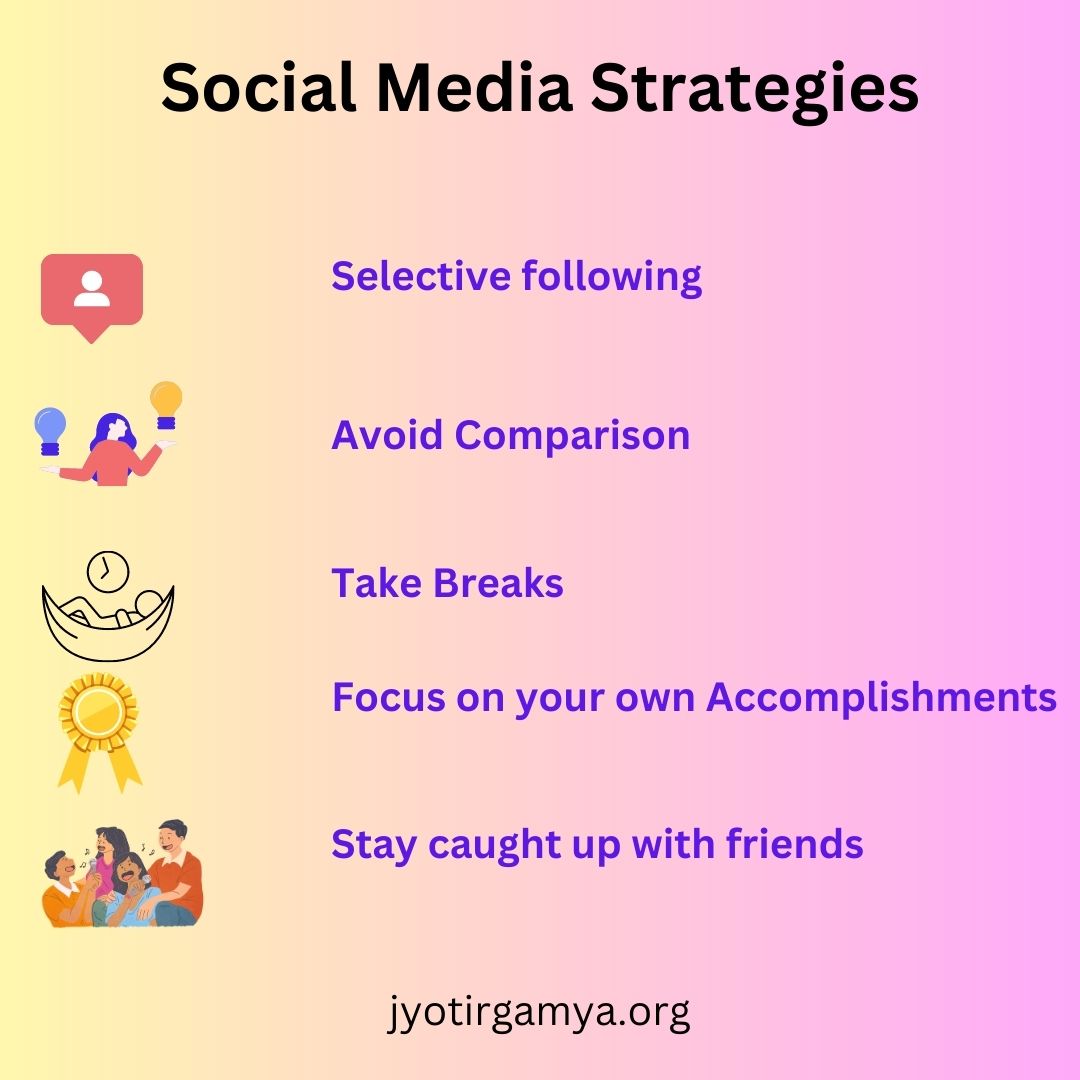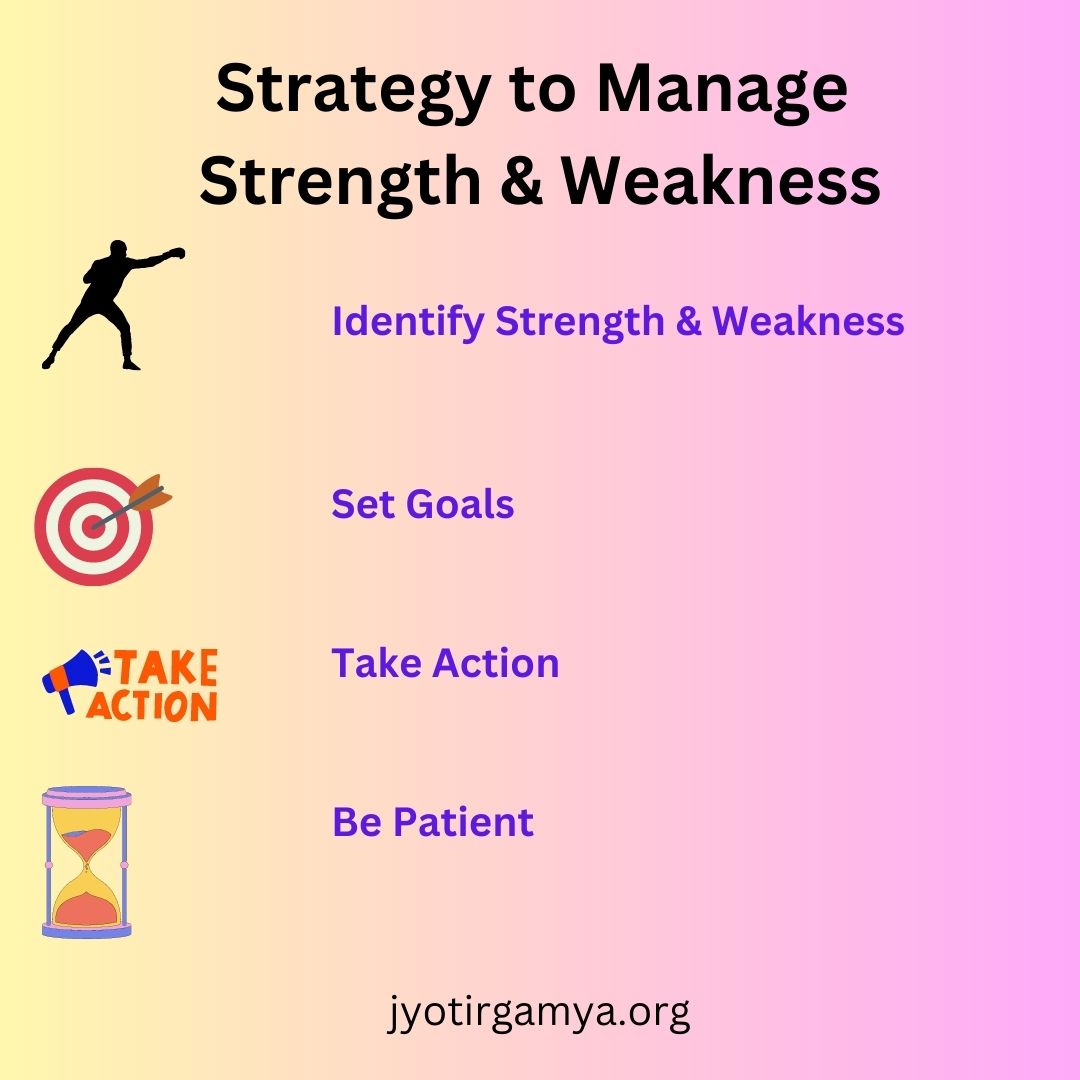Ego vs Esteem : Building Healthy Relationships and Nurturing Personal Growth
A young lady approached Picasso in a restaurant and asked him if she could keep the napkin he’d been doodling on. Picasso said it would cost her 40 000 francs. The lady retorted, “But it only took you 10 minutes,” Picasso replied, “Madame, it took me 40 years.”

Esteem is acknowledging the fruits of your efforts while striving for better.
In another anecdote, two young artists in the 1930s started painting billboards for the growing Bollywood film industry; one rose to the ranks to be known as M. F. Hussain, while the other stagnated. The latter, during conversations, would often remain blind to any feedback and assumed himself nothing but the best, despite the reality being otherwise.

The ego is an organ that justifies one’s shortcomings, selectively focusing on narratives that help one maintain a consistent self-image in their mind.
What appears self-confident could be perceived as over-confidence, ego, or arrogance toward others. The opposite extreme humility to self could appear benign. It must be clarified to decipher whether the intent is ego or esteem. Balancing these softer aspects is often the key to healthy relationships.
In this edition, we interview Smita Mittal about ego, esteem, confidence, NLP, book, and journey. Smita has 28 years of rich experience in education and counseling, where she has positively impacted more than 1000 families. Based on her experience, she’s authored a book - Living Through Relationships- Destiny Or Freewill.
Q: Tell us what got you started.
I was in a teaching profession and had students come to me to discuss their problems. They would open up to me; I would listen to them and try to sort out the matters. If I found difficulty, I would turn up to the school counselor and mediate between the students and the counselor.
These cases started growing, and I would be gratified by the positive impact that I made in the lives of these blooming little buds. I started to consider getting into it full-time seriously. That is how it all began.

Q: Tell us about one of the cases that you still remember.
A student dropped by my home and looked dejected. I was taken aback!
She reverted that her driver and my driver were friends and that she asked her driver to be dropped at my residence.
She was about 12 years old and started talking about her parents in a dead tone. I listened, and she broke down when she started narrating her story. She mentioned that she was an adopted child and that her parents had hidden this fact until this from her. She mentioned that she no longer felt the same bonding with her parents. All the love, care, and emotions that existed until now did not mean much to her anymore. She used to hold her father in high regard, look up to him as a role model, and look at him as a person with high integrity, but all that was lost. The girl was so emotionally drained that she went to sleep.
I let her take a rest and dialed her mother. Upon hearing this, she, too, broke down. Initially, I would counsel them alone, then in twos, and finally together. There were lots of blocked emotions and a strong sense of betrayal. It took about three months of counseling to bring them back to talking terms and about a year for things to return to normal.
Finally, she has grown up to be a graceful and responsible lady. They are all together.
Q: What are the significant trends you have seen shifting regarding people and problems over the years?
While we take a lot of pride in our ancient culture and heritage, there is a lot of incest and sexual abuse that is kept under grabs and cover. The same things are continuing now.
In the nineties, mothers from well-off families were busy with kitty parties. Now all moms have a professional responsibility to cater to. It translates to a double-income lonely child.
The peer pressure is the same. The only added pressure is social media; a child is not relaxed until the number of likes and comments quota is met.
Q: Tell us a little about self-esteem. Not the textbook definition, but something that would help build a perspective.
Human personality is layered. It occurs in patches of grey and not black and white. So it is impossible to classify an individual with high or low self-esteem.
Self-esteem develops because of an individual’s experience and perceptions about himself. If I perceive that I am a good learner, a good cook, a good singer, and a good painter, and I find validation in the external world, my self-esteem grows.
Self-esteem in any area is the summation of the inputs the mind has been receiving from the outside right from childhood. If someone offers a positive compliment, it affects the child positively, and if someone offers a strong criticism, it has a negative impact. If someone consistently scores good grades in a particular subject, that eventually translates into strength, and if someone constantly struggles with something without rewards, it translates into a weakness.
Experience is the mother of esteem.
Beauty is in every area, your self-esteem is different, and there is always time to change it if you properly focus your efforts.
Q: How do we know in which area we have high or low self-esteem?
Here’s an exercise. Take a pen and paper. For each list item below, close your eyes, visualize yourself, and note the image or feeling you experience on a scale of 1 to 10, then move on to the next item.
- As a professional that you are.
- As a person.
- As a husband.
- As a father.
- As a son.
- As a brother.
- As a friend.
Now you know the image you carry about yourself in each field. You need to focus on your strengths and work on your shortcomings.
Pro Tip: Identifying and Addressing Low Self-Esteem
Low self-esteem can be a complex problem, but it is essential to remember that you are not alone. Many people struggle with low self-esteem at some point in their lives. There are several things you can do to identify and address low self-esteem.
Here are some signs that you may be struggling with low self-esteem:
You often make negative self-judgments.
You feel like you need to be better.
You avoid social situations.
You need help setting or achieving goals.
You need help making decisions.
You are frequently stressed or anxious.
You need more energy and motivation.
If you are experiencing any of these signs, you must talk to someone you trust about your feelings. A friend, family member, therapist, or counselor can offer support and guidance.

There are some things you can do to address low self-esteem:
Set realistic goals for yourself and celebrate your accomplishments. When you achieve something, take the time to recognize your hard work and dedication.
Surround yourself with positive people who make you feel good about yourself. Avoid people who are critical or negative.
Challenge negative self-talk. When you think negative thoughts about yourself, challenge those thoughts and replace them with more positive ones.
Practice self-compassion. Be kind and understanding to yourself, just as you would be to a friend.
Get professional help if needed. If you struggle to address low self-esteem, consider seeking professional help from a therapist or counselor.
Q: How should one go about handling low self-esteem?
The brain collects impressive amounts of data; the mind processes it. Data processing usually follows patterns, and that pattern is self-talk. This is THE most crucial aspect when it comes to self-esteem.
For instance, if you are weak in a particular area, analyze the internal dialogue and gradually try to convert that into a positive tone. Its triggers in the outside world have affected the self-talk in the inner world; positive self-talk in the inner world can change circumstances in the outer world.
Superficial self-talk, however, would not help; one needs to delve deeper into the subconscious and understand what is holding you back.
Q: In the light of self-esteem, where do ego and confidence stand?
Self-esteem is about Perception and Experience, whereas confidence is a matter of temporary and permanent belief. Like self-esteem, confidence varies in different spheres of life.
For instance, you dress up in your best attire for a party. When you walk in, you are high on confidence, but when a drink spills on the dress, the confidence shakes, and you are not as confident as you were just a while ago. Confidence is a matter of belief. Initially, you believed that you looked good, but suddenly doubt took over that belief.
Q: If a person is successful at times, the high headedness is discounted, and for someone who has failed, the confidence is looked down on. How would you differentiate ego, confidence, and esteem?
The ego is unwilling to see reality. It justifies all assumptions. It is living inside the head, denying criticism or feedback. It assumes itself to be a king/queen inside the head. A person with an ego never realizes he has an ego.
An over-confident person would fight reality and, in the process, make a fool of himself.
A person with high self-esteem can see his work critically and digest constructive criticism without harshly criticizing himself.
A confident person holds his work in high regard.
The sad part is in daily usage, the confidence of the person disagreeing with us that is what we term as ego.
The Role of Social Media in Shaping Self-Esteem
Social media can have a positive or negative impact on self-esteem. On the one hand, social media can connect us with others and make us feel more connected to the world. On the other hand, social media can also be a source of comparison and stress.

It’s essential to be mindful of how social media affects your self-esteem. Here are a few tips for healthily using social media:
Be selective about who you follow. Only follow people who make you feel good about yourself.
Avoid comparing yourself to others. Remember that everyone is on their journey.
Take breaks from social media. Don’t feel like you have to be online all the time.
Focus on your own life and accomplishments.
Stay caught up in what others are doing.
Q: Let us talk about your book. What was the inspiration for the book?
I look at things in life through the lens of relationships. Success and failure are a function of how you handle relationships. It is this idea that is expanded into the book.
My friends told me that I am a good storyteller, and they suggested that I should write a book.
Q: Tell us about your thoughts on relationships.
A relationship is how we connect, interact, and react with ideas, people, and subjects. It is not restricted to humans. There are some ideas that you relate so much with that you build a career out of it, and there are cases when you hate something that ruins your career. All of it comes from within us - how we connect, interact, or react. For instance, anger or happiness is inside us; any external object is a mere trigger. The mind controls all the resources. The soundtrack is going on inside the mind.
Q: Tell us about relationship with our self.
The first and foremost relationship a person has is with the self - the inner person they are. If I have a positive self-image, I will meet and greet others with that image, and based on that, people will respond.
Everyone is a bundle of positives and negatives. To have a healthy relationship with self translates to accepting oneself the inherent strengths and weaknesses and being comfortable with them. It is being open to analyzing the capabilities and shortcomings critically. Focus on strengths and be aware of weaknesses. Magnify the goodness. Be mindful of weaknesses and heal them.
Tips for Building Healthy Relationships
Building healthy relationships is essential for good mental health. Healthy relationships are based on mutual respect, trust, and communication. When we have healthy relationships, we feel supported, loved, and accepted. We also feel more confident and capable.
Here are a few tips for building healthy relationships:
Be honest and open with each other.
Communicate your needs and wants.
Be respectful of each other’s boundaries.
Be supportive of each other.
Be forgiving of each other’s mistakes.
Be willing to compromise.
Q: How does one go about magnifying strengths and healing weaknesses?
If you are good at something, it is relatively easy to deal with; keep up the practice and effort.
When handling weaknesses, try to build a trigger in the external world that prevents negative self-talk inside the mind. For instance, I am not a techie. If I indulge in negative self-talk about my shortcomings with technology, I would stop that and create triggers in the external world that would prevent it from going inside my head.

Specific examples of how to magnify strengths and heal weaknesses:
Identify your strengths and weaknesses. The first step to magnifying your strengths and healing your weaknesses is identifying them. Once you know your strengths and weaknesses, you can start focusing on developing your strengths and overcoming your weaknesses.
Set goals. Once you know your strengths and weaknesses, you can start to set goals for yourself. Your goals should be specific, measurable, achievable, relevant, and time-bound.
Take action. The only way to improve your strengths and weaknesses is to take action. This means practicing your strengths and working on improving your weaknesses.
Be patient. It takes time and effort to improve your strengths and weaknesses. Keep going even if you don’t see results immediately. Just keep practicing and working hard, and you will eventually see improvement.
Q: Most of the time, the root of this negative self-talk lies in the early years. How does one go about handling the inner child?
Go back in time. Meet the child as the caring adult that you are today. Address the fear, confusion, nervousness, and insecurity of the child. If the inner-child or past self is sad, depressed, or nervous, then the persona of confidence will never be strong.
The inner child needs to be satiated; it wants more attention, love, and care. The incidents of the past that have not had closure need to be dealt with.
As an adult, you can provide proper closure. At least you can provide some explanation and address the voids. It is crucial to handle those feelings. If the child within you is not satisfied, he is nervous. It will not allow you to live peacefully; it will trigger anxiety and nervousness.
Q: What do you think about the role of free will when it comes to relationships?
Destiny presents options and choices, and it is with free will that we decide which door to open. When I open the door, it is pre-decided what I have to experience. Destiny will again offer choices.
You often come across people who married for love but ended up experiencing bitterness. You use your free will to marry the person you want to, but you experience what you were destined to because that is karma.
Q: Coming to your practice. What is NLP? Can it be used to change one’s psychology?
From the perspective of NLP, Neuro refers to the realms of the brain, nervous system, and senses. Linguistics is the language-internal and external.
Each one of us is a vast storehouse of information accumulated over time. Normal humans can tap only a fraction of it. The brain collects the data, and the mind analyses and triggers biochemical processes. Suppose you are watching a film. You know it is unreal. When the lead role is in fighting, the mind will get agitated. All this is the language that is going to be subconscious.
Programming is how you program to optimize things for yourself.
Q: What is the difference between NLP and Positive psychology? Does it help, or does it have a placebo effect?
NLP is situation and need-based. NLP is amazingly effective for anxiety and nervousness and ensures people have a good night’s sleep. The applications are unlimited.
Psychology addresses things at an emotional level. NLP has got more to do with the subconscious. How to address the root cause of problems.
That’s all for this article!
If you liked reading the article, share it with folks who would benefit from it.